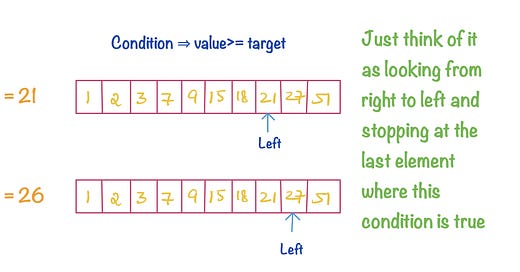While most of us data scientists don’t take a proper algorithms course while studying, they are important all the same. Many companies ask data structures and algorithms as part of their interview process for hiring data scientists.
Now the question that many people ask here is what is the use of asking a data scientist such questions. The way I like to describe it is that a data structure question may be thought of as a coding aptitude test.
We all have given aptitude tests at various stages of our life, and while they are not a perfect proxy to judge someone, almost nothing ever really is. So, why not a standard algorithm test to judge people’s coding ability. But let’s not kid ourselves, they will require the same zeal to crack as your Data Science interviews, and thus, you might want to give some time for the study of algorithms.
This series of posts is about fast-tracking that study and panning some essential algorithms concepts for the data scientists in an easy to understand way.
I…
Keep reading with a 7-day free trial
Subscribe to MLWhiz | AI Unwrapped to keep reading this post and get 7 days of free access to the full post archives.




